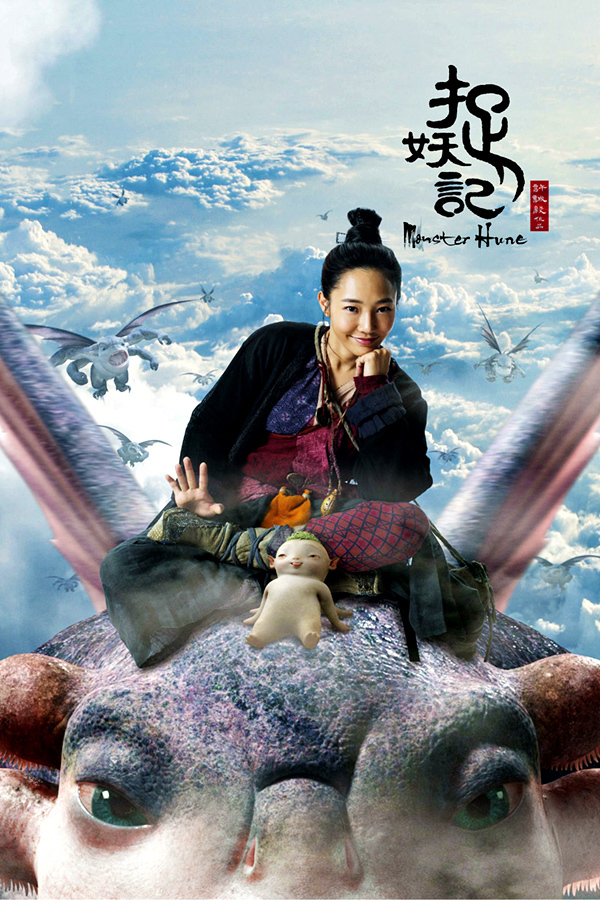
“The combat element is the key feature in the Monster Hunter franchise, so there were a few things we had to consider while designing Monster Hunter Now,” Osumi says. The biggest hurdle to overcome to meet that goal was making combat feel satisfying in 75-second bouts, and Niantic senior producer Sakae Osumi outlined the developer’s process to Digital Trends. Of course, carrying the series’ legacy on its shoulders is no small task to ask of Monster Hunter Now. This game is very unique, but it carries the legacy of the Monster Hunter series.” “Since it’s on mobile, we wanted the action to be more sporty, so this hunting action could be done outside. “We want Monster Hunter Now to be very casual, but at the same time, we wanted to bring in the series’ elegance of finding monsters in the world and the action itself,” Tsujimoto tells Digital Trends. Monster Hunter Now wasn’t just going to be a Pokémon Go reskin, though.

So, he immediately agreed when the Pokémon Go developer approached Tsujmoto with the pitch for a real-world Monster Hunter game. Tsujimoto was always quite open to the idea of a Monster Hunter AR game, and he tells Digital Trends that he knew that if Capcom ever did make that game, it’d need to work on it with Niantic.

That was a difficult challenge, but the studios delved into the refinement process to get to that point during a prelaunch Monster Hunter Now press briefing attended by Digital Trends. Niantic and Capcom had to take Monster Hunter’s trademark battles against these beasts, which generally take 10 minutes or more, and distill them into fights that last only 75 seconds. While Niantic’s geolocation-based gameplay works for letting players explore and gather resources, combat is much more challenging to adapt.

Still, hunting down a monster in the real world is a significantly different experience than doing it in a virtual one.


 0 kommentar(er)
0 kommentar(er)
